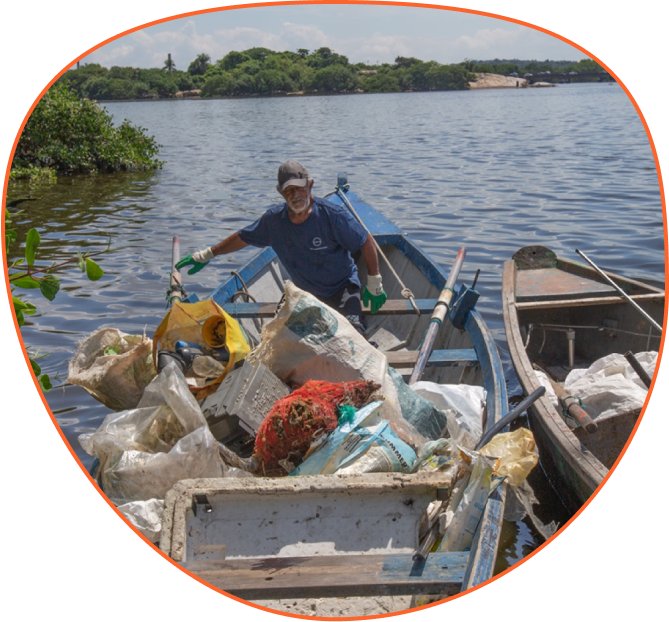Notizie

17 dic 2021
6R MODEL BY FAO: REFUSE, REDESIGN, REDUCE, REUSE, RECYCLE AND RECOVER
A new report by the Food and Agriculture Organization of the United Nations (FAO) suggests that the land we use to grow our food is contaminated with far larger quantities of plastic pollution than previously thought, posing an even greater threat to food security, people's health, and the environment. The report - "Assessment of agricultural plastics and their sustainability: a call for action" - is the first global report of its kind by FAO and contains some startling numbers.
12.5 MILLION TONNES OF PLASTIC PRODUCTS FOR AGRICULTURE
According to data collated by the agency's experts, agricultural value chains use 12.5 million tonnes of plastic products each year. A further 37.3 million tonnes are used in food packaging. The crop production and livestock sectors were found to be the largest users, accounting for 10.2 million tonnes per year collectively, followed by fisheries and aquaculture with 2.1 million tonnes, and forestry with 0.2 million tonnes. Asia was estimated to be the largest user of plastics in agricultural production, accounting for almost half of global usage.
THE ‘GOOD' OF PLASTICS
Plastics have become ubiquitous since their widespread introduction in the 1950s, and it is difficult today to envisage life without them. In agriculture, plastic products greatly help productivity. Mulch films, for instance, are used to cover the soil to reduce weed growth, the need for pesticides, fertilizer and irrigation; tunnel and greenhouse films and nets protect and boost plant growth, extend cropping seasons and increase yields; coatings on fertilizers, pesticides and seeds control the rate of release of chemicals or improve germination; tree guards protect young seedlings and saplings against damage by animals and provide a microclimate that enhances growth. Plastic products help reduce food losses and waste, and maintain its nutritional qualities by means of a myriad of value chains, thereby improving food security and reducing greenhouse gas (GHG) emissions.
THE ‘BAD AND THE UGLY' OF PLASTICS
Unfortunately, the very properties that make plastics so useful create problems when they reach the end of their intended lives. The diversity of polymers and additives blended into plastics make their sorting and recycling more difficult. Being man-made, there are few microorganisms capable of degrading polymers, meaning that once in the environment, they may fragment and remain there for decades. Of the estimated 6.3 billion tonnes of plastics produced up to 2015, almost 80 percent have not been disposed of properly. Once in the natural environment, plastics can cause harm in several ways. The effects of large plastic items on marine fauna have been well documented. However, as these plastics begin to disintegrate and degrade, their impact begins to be exerted at a cellular level, affecting not only individual organisms but also, potentially, entire ecosystems.
KEY RECOMMENDATIONS BY FAO
The report identifies several solutions based on the 6R model (Refuse, Redesign, Reduce, Reuse, Recycle, and Recover). Agricultural plastic products identified as having a high potential for environmental harm that should be targeted as a matter of priority, include non-biodegradable polymer coated fertilizers and mulching films. The report also recommends developing a comprehensive voluntary code of conduct to cover all aspects of plastics throughout agrifood value chains and calls for more research, especially on the health impact of micro- and nanoplastics.
Numero visualizzazioni:1624
Articoli che potrebbero interessarti

03 set 2025
PLASTICA, CONTRADDIZIONI E SFIDE DA AFFRONTARE CONSAPEVOLMENTE
In primo piano
VENDI ANCHE TU ONLINE
Con PlasticFinder l'inserzione è anonima, gratuita e vieni pagato in anticipo per i prodotti venduti.


